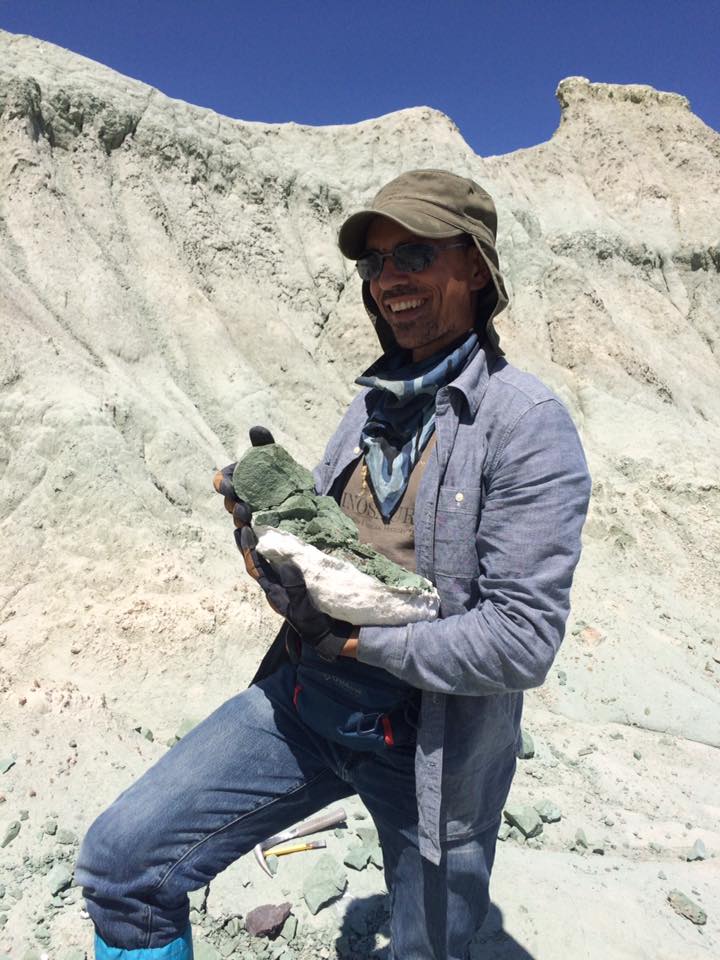Today I received the best advice I'm likely to receive in my development as a field paleontologist.
Anal retentive may work in the lab, but it doesn't work in the field.
Following my obliteration of the oreodont skull I found earlier in the week, I turned to the second skull that needed collection. This one was larger and likely more complete. In other words: this one was more important. Terrified that I'd repeat my last performance, I kept my hammer and chisel as far away from the fossil as I could.
Of course there was more to the fossil than we expected, and of course I eventually began to chip away at previously-obscured bone. I called a labmate over in a panic.
She shrugged: these things happen. How could they not? The bones are hidden, after all. That was when she offered the above advice.
The perfect is the enemy of the good, as they say. Being too careful with a fossil--treating it with the sort of deference I've always given fossils--may keep a paleontologist from collecting it at all. An uncollected fossil is worthless: it might as well not have been found at all. This is true even if collecting damages the fossil, especially if the damage is documented and described in such a way that the preparator handling the fossil back in the lab can compensate.
It's interesting: as an observer from the outside my awe of fossils became a sort of fear, but as a researcher that fear has to be overcome. These are not relics; they're data. At least, they will be after they're out of the ground.
I got the fossil out, minus some chips and flakes, to everyone's satisfaction. It's a great feeling and quite a reversal from the other day.
Photo courtesy Win McLaughlin.
